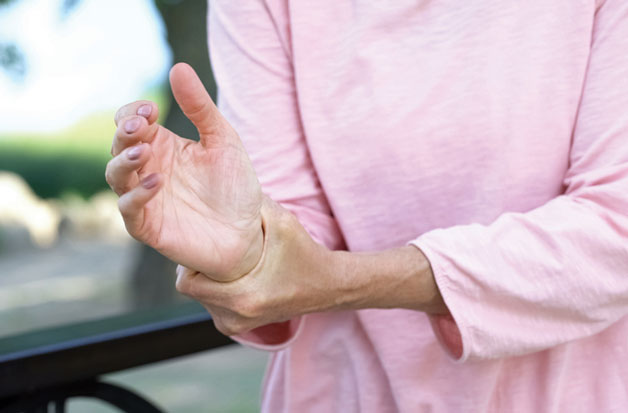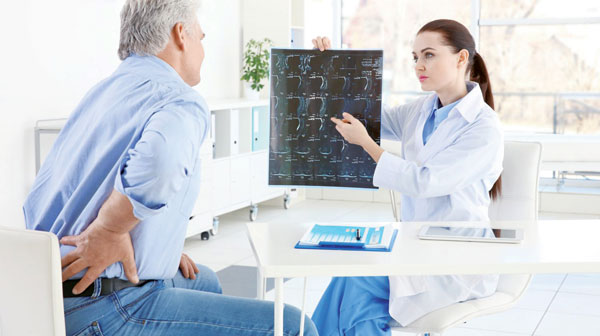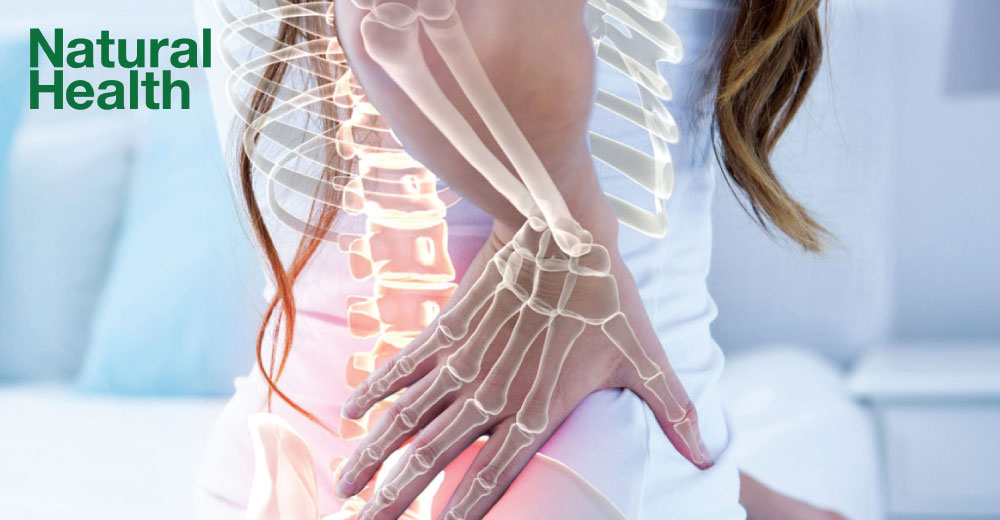Osteoporosis is often called a silent disease. We can’t possibly feel our bones weakening inside us – and when the effects take place, it’s usually too late. Breaking a bone is often the first sign of osteoporosis. Or, a person may notice that he or she is getting shorter or their upper back is curving forward. If you are experiencing height loss or your spine is curving, be sure to consult your doctor or healthcare professional immediately. In the meantime, and also in conjunction with World Bone Health Day this month, get to know more about this health deteriorating condition today, for we have with us Dr Fariz Yahya from UMSC to graciously share with us some insights.
Q: What are the symptoms of one suffering from osteoporosis?
A: Osteoporosis is a condition characterized by a decrease in bone mass in which bone strength is compromised and results in an increased susceptibility of having a fracture.
People who have osteoporosis may not have any symptoms. Until they develop their first fracture, osteoporosis cannot be detected unless a Bone Mineral Density (BMD) is measured. BMD is measured by using a DEXA scan.
The bone’s resistance to fracture and the applied load that caused the fracture, such as a fall, are important factors that lead to fractures. The common sites for fractures include the vertebrae of the spine, hips and wrists. A fracture would result in pain but most fractures can be easily confirmed by x-rays.

Q: What are the controllable and uncontrollable factors that contributes to Osteoporosis?
A: Age is a major factor. Bone loss is an inevitable consequence of ageing in both men and women. It accelerates at the time of menopause and continues throughout life. Oestrogens are hormones that play a role in normal bone remodeling. Therefore, oestrogen deficiency after menopause results in bone loss.
Although predominantly affecting women, osteoporosis can occur in men due to other factors, including a condition called hypogonadism, in which the body does not produce enough sex hormones. There are also several other conditions such as untreated hyperthyroidism, Parkinson’s disease, rheumatoid arthritis and anorexia nervosa that are associated with osteoporosis in both men and women. Medications, such as steroids and chemotherapy for breast cancer, are also associated with osteoporosis. Patients who are known to have these risks are usually recommended to have their BMD assessed.
Lack of calcium and vitamin D increases the rate of bone loss and both play an important role in the regulation of bone density and bone architecture. Calcium is mostly absorbed from the gut and this is actively helped by vitamin D. Vitamin D is available from dietary sources and is also produced by our skin with the help of sunlight. Lack of vitamin D can also reduce the effect of medications used to treat osteoporosis.
Lifestyle factors such as smoking and taking excessive alcohol also increase the risk of osteoporosis. Poor nutrition, family history of fractures and severe prolonged immobility are also well recognized factors.

Q: How is Osteoporosis best treated?
A: The aim of treatment in osteoporosis is to prevent fragility fractures and this can be achieved by the use of medications and by a non-pharmacological approach. Medications for osteoporosis are only used if someone has a low ‘T-score’ on BMD measurement or if he or she has had a previous fracture related to osteoporosis.
Osteoporosis medications work by increasing bone formation (such as teriparatide) or by reducing resorption of bone (such as bisphosphonates and denosumab) and are available as tablets or injections. Bisphosphonates, such as alendronate, is a common tablet medication used in osteoporosis. However, the choice of medications will depend on the person’s age, symptoms at menopause, ability to tolerate the medications, and characteristics of the medication that best suit the patient.
As osteoporosis requires a long-term treatment, it is important that patients need to adhere to treatment as this also determines the effectiveness of the medication.
Q: How can one increase bone density when having Osteoporosis?
A: There are a number of useful steps that can be taken, both for patients with osteoporosis and also those who wish to avoid the occurrence of osteoporosis.
Exercise plays an important role as, in theory, it has some bone forming effect. Exercise can also help increase muscle strength and improve coordination.
Make sure you’re getting enough protein in your diet. It is important to get enough protein for bone health. Lack of protein in the diet is associated with inadequate muscle function, therefore, correction of a poor protein diet may be necessary.
Eat a well-balanced diet rich in calcium and vitamin D. Ensuring adequate calcium and vitamin D in your diet has a beneficial effect on bone health and even reduces the risks associated with falling in the elderly. A good supplement can also ensure you get adequate daily amount of calcium. The recommended daily calcium for most adults is 1000mg/day and 1200mg/day for women over 50 years and men over 70 years. Taking dairy products such as milk, yogurt and cheese is recommended. Certain fish such as sardines, salmon and tuna are also rich in calcium and vitamin D.
Stop smoking and avoid the use of excessive alcohol, for these are also important to prevent bone loss.

Q: Caffeine leaches calcium from bones. What are the other food/drinks or habits that have this same effect?
A: There are suggestions that caffeine and even soft drinks are associated with low BMD measurements. The carbonation in soft drinks does not cause any significant bone effect but it is the caffeine and phosphorus in the drinks that can cause bone loss. However, evidence from research on this is still very limited.
In any case, smoking and the use of excessive alcohol have been shown to have an effect on bone loss. Research has shown that smoking is associated with reduced bone density, increasing the risk of having a fracture and delaying healing after fracture.

Q: In conjunction with Osteoporosis Day on October 20th, what are the tips advise that you have for all Malaysian to have healthy bones and lower the risk of Osteoporosis?
A: Ensure a well-balanced diet that includes protein, calcium and vitamin D. Exercise regularly, reduce the intake of alcohol, aim to quit smoking for smokers, and avoid unnecessary unlicensed alternative supplements that may contain undetermined ingredients. However, if you think that you might be at risk of having osteoporosis, then it is recommended to see your doctor and seek medical advice.
 Dr. Fariz Yahya
Dr. Fariz Yahya
Consultant Rheumatologist,
University Malaya Specialist Centre (UMSC)


